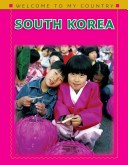
This series introduces young readers to the diverse cultures and peoples of different countries around the world.
Nonfiction genre

This series introduces young readers to the diverse cultures and peoples of different countries around the world.
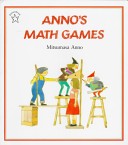
Through lively pictures and intriguing puzzles and games, Anno takes young children on a fun-filled journey through basic mathematical concepts, showing how skills are used every day.

Pictures, puzzles, games, and simple activities introduce the mathematical concepts of multiplication, sequence and ordinal numbering, measurement, and direction.
Are the stars out tonight?
If they are, chances are you’ll be able to spot the Big Dipper. The Big Dipper is one of the easiest constellations to recognize and this Let’s-Read-and-Find-Out Science book will help young stargazers find it, and it’s companion, the Little Dipper. And once you’ve begun to learn about the constellations, well, the sky’s the limit!
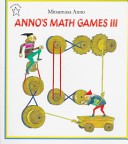
Picture puzzles, games, and simple activities introduce the mathematical concepts of abstract thinking, circuitry, geometry, and topology.

See the review at WOW Review, Volume 3, Issue 2
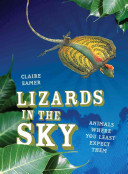
Fish in trees? Frogs underground? Who knew?No one would expect to see a bird at the bottom of a stream, yet that is precisely where the American dipper hunts for food. How about a tortoise that lives in the desert? The way it keeps cool is even more surprising.Readers will be amazed to discover how the 36 animals featured in this book have evolved in order to live in hostile environments. From searing heat to glacial cold and from high in the sky to deep in the earth, these species endure extreme weather conditions and make their homes in the unlikeliest of places in order to hide from predators or to hunt for food.Some of the animals featured in the book are: Northern shrews whose brains and internal organs shrink during hibernation Snakes in Borneo that fly through the air Freshwater eels that travel over land to find food or a new source of water Salamanders that can go without food for 10 years!The full-color photographs and surprising, informative text will appeal to animal lovers of all ages.
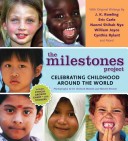
A best friend. A lost tooth. A first day of school. In engaging photos and text, this book highlights the milestones shared by every child on the planet. In addition to original writings from some of today’s best-known children’s authors and illustrators, this paperback edition comes packaged with a growth chart uniquely designed to track a child’s physical growth as well as their development into an ethical human being. Stickers included with the book can be placed on the chart to encourage children toward their goals.”I told the truth.” “I kept a promise.” “I shared my toys.” Includes growth chart to track ethical milestones. Includes essays by J.K. Rowling, Cynthia Rylant, Eric Carle, and more. 2005 CBC Notable Social Studies Trade Book for Young People.
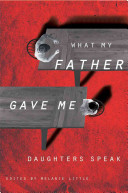
Passionate, compelling essays reveal how daughters see their fathers. Editor Melanie Little brings together seven outstanding women — including Susan Olding, Jessica Raya and Saleema Nawaz — to write brilliant, powerful accounts of father-daughter relationships during their teen years. These deeply personal narratives draw readers into raw, real-life experiences. One girl recalls the parade of men in her mother’s life until a man named Al unexpectedly becomes the father she never had. Another father’s abandonment leads his teen daughter to enter a string of doomed relationships with older men, fueled by her “pilot light of pure hatred.” Another reveals the harrowing secret she guarded as a teen: the sexual abuse she suffered at the hands of her father. One girl watches as the father she loves and respects struggles on the picket lines during a lockout at work and through an ensuing depression. Another daughter charts her own reckless behavior against that of her father’s, in search of a way to break the cycle. Gutsy and honest, these true stories invite readers behind secret doors as they celebrate the power of words to connect to the teen experience.

“I would like . . . to help dreamers, they find it hard to get on in life.” — Alfred Nobel. Alfred Nobel, born in Sweden in 1833, was a brilliant inventor and businessman. Although he held more than 300 patents when he died in 1896, he earned his extensive fortune and worldwide fame through his invention of dynamite and his work on armaments. He never married and was constantly on the move around Europe, visiting his manufacturing plants.His handwritten one-page last will and testament directed that the majority of his vast fortune be invested and the interest distributed to the most deserving individuals in the fields of medicine, chemistry, physics, literature and peace. Between 1901 and 2009, the five Nobel Prizes and the Prize in Economic Science were awarded 537 times.This book tells the fascinating story of how a few simple instructions in Nobel’s will were transformed into a huge philanthropic organization that holds a unique position in the modern world.The Nobel Prize covers: The life and accomplishments of Alfred Nobel His will and the establishment of the Nobel Prize Committee How the Nobel laureates are selected The establishment of the new award in Economics in 1968 Profiles of U.S. presidents and world leaders who have won the prize Lists of families and individuals who have won the prize Profiles on the lives and accomplishments of the most famous laureates The backgrounds of each of the six prizes: chemistry, physics, medicine, peace, literature and economicsThe Nobel Prize brings to life the story of the world’s most famous prize.